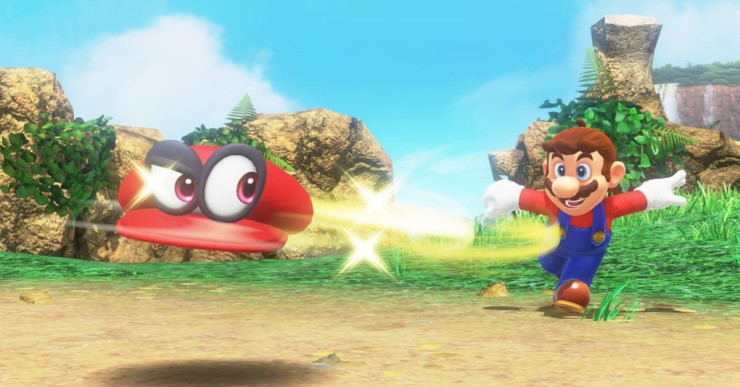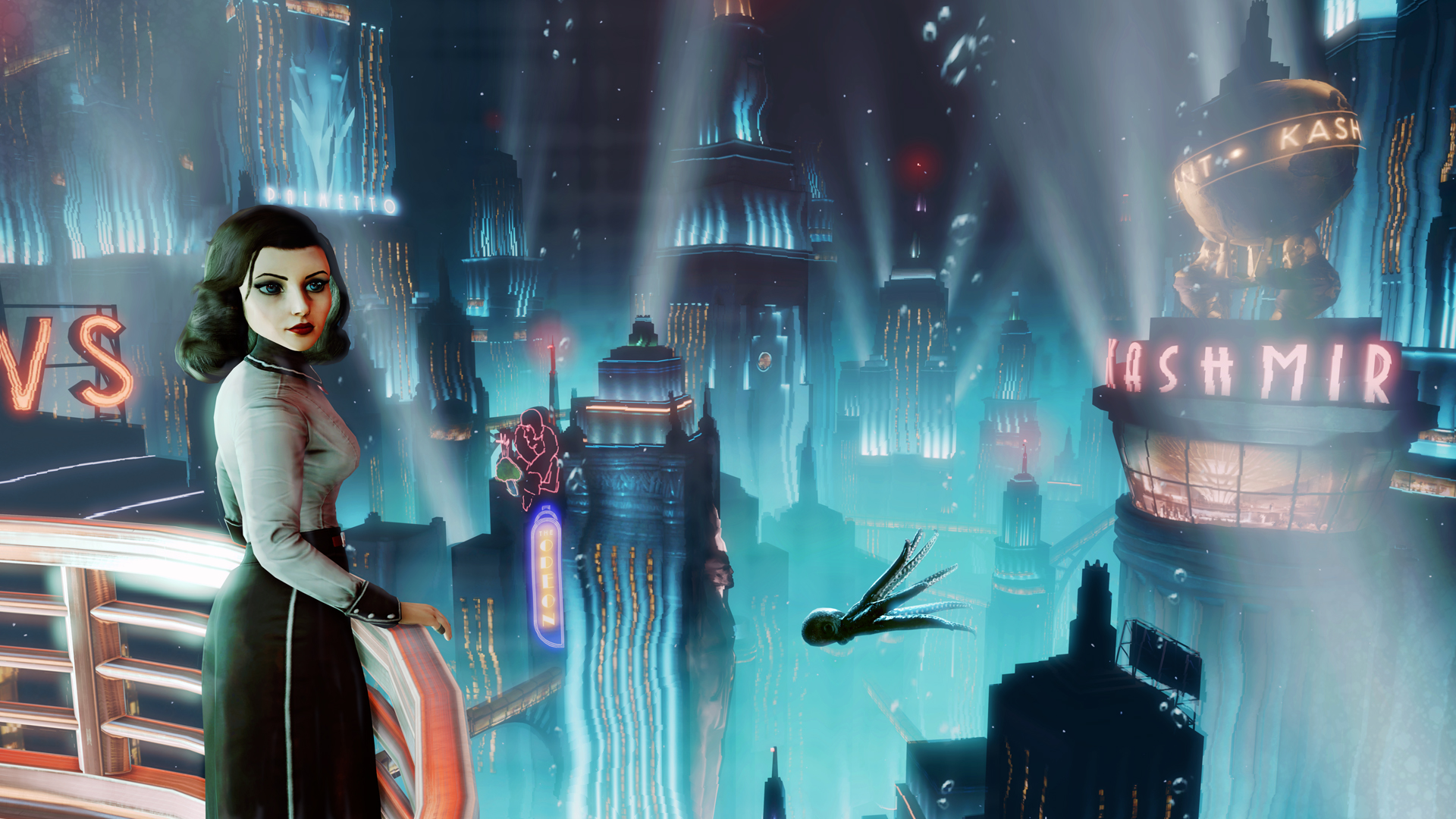In my recent Power Hour review on Broken Age, I wrote about the part of the narrative that interested me the most: the particularly obvious contrast between the main female character, Vella, and the other female characters. My initial play brought up several questions about the treatment of gender in a few early, but key scenes, especially the initial Maiden’s Feast scene in which all of the girls up for sacrifice are stereotypically labeled: “delish,” “fun size,” “up for grabs,” “drink me,” and “hot stuff.” In Episode 71, we questioned whether the treatment of these female stereotypes, typical in video games, was helpful or harmful. With the exception of Vella, these females up for sacrifice not only wore the labels, they acted the part. Is a critique on gender roles effective if the writer just sort of drops it in the narrative without much, well, critique? At the time I wrote the original post, I had only played Broken Age for a little over an hour, but this weekend, I finished the first act. I was hoping to gain more insight to the intentions or, I guess, possible repercussions of the game’s perpetuation and/or critique of the standard gender roles typically used in video games. But, as I continued through the narrative in Act I, I found more and more of what I would qualify as comments on the video game industry, each without accompanying critique and/or action that might help me determine the effectiveness or harmfulness of the narrative moves.
As the game is called Broken Age, it’s not surprising that many of the themes in the game revolve around a broken, dystopian society. The Hunger Game-esque Maiden’s Feast involves sacrificing the town’s maidens in order to both save the town and save the maidens’ families from certain embarrassment. But, Vella is having none of it. She moves through the narrative trying to convince people to kill Mog Chothra and fight with her. As I continued through the game, several similar themes began to take shape. The narrative includes racial themes (both explicit and implied), along with themes involving paternalization, colonization, cultural differences, and lack of tolerance to difference in general. As the game progresses, we see more female stereotypes in yet another Maiden’s Feast; we meet new characters who don’t like the “locals” and will do pretty much anything to avoid them; we met other characters who feel targeted; and yet others who want to simply ignore everything that is broken about the Broken Age that is their world. I won’t spoil the specifics here, but I will say the cliffhanger at the end of Act I left my head spinning. I really have no idea what to do with the plot twist, even as I realize I really should have seen it coming.
As these themes emerge, almost one on top of the other, it seems more and more that the narrative is working toward an intentional critique of the video game industry’s “status quo”, and really the broken parts of our society. One thing is for sure, though, it’s not often that a game messes with my head in quite the same way Broken Age did. Act II is due sometime this year. (Whatever that means. Probably December 31st.) Until then, I am left wondering what they are going to do with all of this. Will the narrative turn from comment to critique? Or will it, as one of the commenters here suggests, simply be a case of “yeah, this is where gaming should be, so this is where we are. If you aren’t here yet, it’s because you’re not doing well enough.” Or, worst case scenario, will it fall flat, leaving me disappointed? I’ll admit, I’m pretty optimistic, but regardless, they got my attention with Act I’s cliffhanger ending, an ending that, frankly, days later, I’m still trying to wrap my head around. Double Fine has left themselves with so many interesting ways to go, I hope they don’t let me down.




